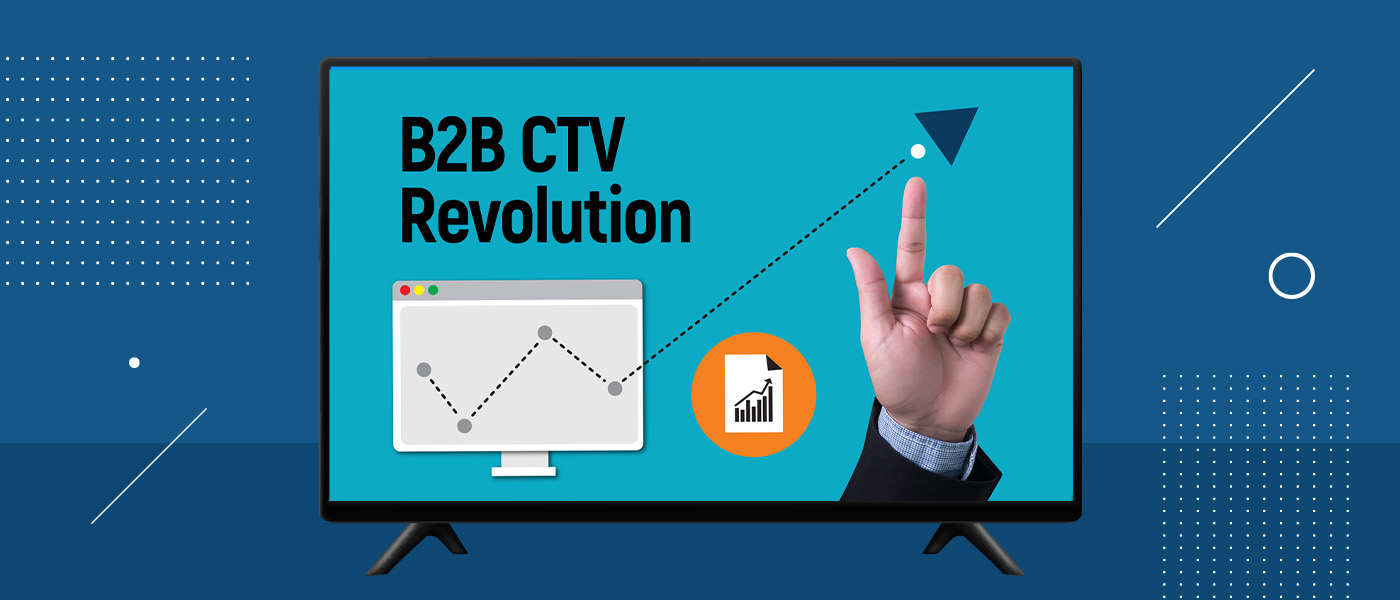
Reviving Video Budgets: How Publishers are Turning to Livestreaming
ThePubverse Team | September 4, 2023
In the ever-evolving landscape of media consumption, traditional linear television viewership is on the decline while connected TV advertising is witnessing a significant surge. This shift in viewer preferences has prompted publishers in the Middle East and North Africa (MENA) region to rethink their strategies. As audiences adapt to new forms of entertainment, publishers are harnessing the power of livestreaming to not only revive their video budgets but also to align with the diverse cultural nuances of the MENA audience.
The Decline in Linear TV Viewership
For decades, linear television was the undisputed king of media consumption in the MENA region. Families would gather around the television set to watch their favorite shows, sports events, and news broadcasts. However, this paradigm is shifting rapidly. The decline in linear TV viewership can be attributed to several factors.
Changing Media Habits: The MENA audience is increasingly adopting digital platforms for content consumption. Smartphones, tablets, and laptops have become the preferred devices for accessing content, giving viewers the flexibility to watch what they want, when they want.
On-Demand Content: The rise of on-demand streaming services like Netflix, Amazon Prime Video, and local providers such as Shahid, has allowed viewers to break free from rigid TV schedules. They can now binge-watch entire seasons of shows at their convenience.
Interactive Engagement: Social media platforms have encouraged interactive engagement with content. Viewers no longer passively consume; they participate in discussions, share content, and influence trends, making traditional TV seem outdated in comparison.
The Rise in Connected TV Advertising Viewership
As linear TV viewership declines, connected TV advertising viewership is on the ascent. Connected TVs offer a bridge between traditional television and digital streaming. These devices allow viewers to access online content, apps, and even livestreaming directly on their television screens.
Personalized Advertising: Connected TV platforms provide the opportunity for highly targeted advertising. Advertisers can leverage data analytics to deliver personalized messages to viewers, enhancing the relevance of ads and increasing their effectiveness.
Flexibility and Convenience: Connected TVs give viewers the flexibility to switch seamlessly between linear TV and streaming services. This adaptability ensures that viewers can access their favorite content without restrictions.
Interactive Ads: Unlike traditional linear TV, connected TV allows for interactive advertisements. Viewers can engage with ads through clickable links or interactive features, making advertising more engaging and memorable.
Also read: Strategic Approaches to Enhance the Usage of Rewarded Video Ads
Reviving Video Budgets with Livestreaming
To adapt to this shifting media landscape, publishers in the MENA region are increasingly turning to livestreaming as a means to revive their video budgets. Livestreaming offers a unique blend of real-time engagement, interactive features, and the convenience of digital streaming. Here’s how publishers are harnessing livestreaming:
Real-Time Engagement: Livestreaming provides an immediate and authentic connection with the audience. Whether it’s a live concert, sports event, or behind-the-scenes look at a popular show, viewers can engage with content in real-time, fostering a sense of community.
Monetization Opportunities: Publishers are monetizing their livestreams through various means, including ads, sponsorships, and pay-per-view models. This not only helps them recoup their video budgets but also generates additional revenue streams.
Audience Interaction: Livestreaming allows for direct interaction with viewers through live chats, polls, and Q&A sessions. This engagement not only enhances the viewer experience but also provides valuable feedback to publishers.
Content Variety: Publishers are diversifying their livestreaming content to cater to a wide range of interests within the MENA audience. From cooking shows to gaming tournaments, there’s something for everyone.
Cultural Considerations in the MENA Region
Understanding the cultural nuances of the MENA audience is crucial for the success of livestreaming initiatives. The region is characterized by its rich diversity, with varying customs, traditions, and languages. Publishers must navigate this cultural landscape thoughtfully.
Language Diversity: The MENA region is home to a multitude of languages, including Arabic, Turkish, Farsi, and more. Publishers are providing content in multiple languages to cater to a broad audience.
Cultural Sensitivity: Cultural sensitivity is paramount in content creation. Publishers must be mindful of local customs and traditions to avoid inadvertently causing offense.
Religious Observances: The MENA region observes Islamic traditions, including fasting during Ramadan. Publishers often create specialized content during this period to align with the cultural significance of the month.
Localizing Content: Content localization involves adapting content to suit the preferences and tastes of different regions within the MENA audience. It ensures that content resonates with local viewers.
Also read: Publisher Perspectives: Navigating the Shifting Video Landscape of 2023
Examples of: Successful Livestreaming Initiatives
Let’s explore a few case studies of publishers in the MENA region who have successfully embraced livestreaming to revive their video budgets and connect with their audiences:
Majid TV: This Arabic children’s channel launched a livestreaming segment, allowing kids to interact with their favorite characters in real time. The channel’s viewership and engagement levels soared as a result.
Al Jazeera: The renowned news network has incorporated livestreaming into its coverage, allowing viewers to participate in discussions, ask questions to experts, and gain deeper insights into current events.
Entertainment Studios: Local entertainment studios in the MENA region have utilized livestreaming to broadcast exclusive content, including live performances, celebrity interviews, and cultural events. These streams have garnered substantial audiences and sponsorship deals.
In a region characterized by rapid shifts in media consumption habits and diverse cultural considerations, publishers in the MENA region are turning to livestreaming as a potent tool to revive their video budgets. Livestreaming offers real-time engagement, interactive advertising opportunities, and the flexibility that today’s viewers demand. By embracing livestreaming and being attuned to the cultural nuances of their audience, publishers are not only reviving their budgets but also forging deeper connections with viewers in the MENA region. As the media landscape continues to evolve, livestreaming is poised to play a central role in shaping the future of content consumption in MENA.




